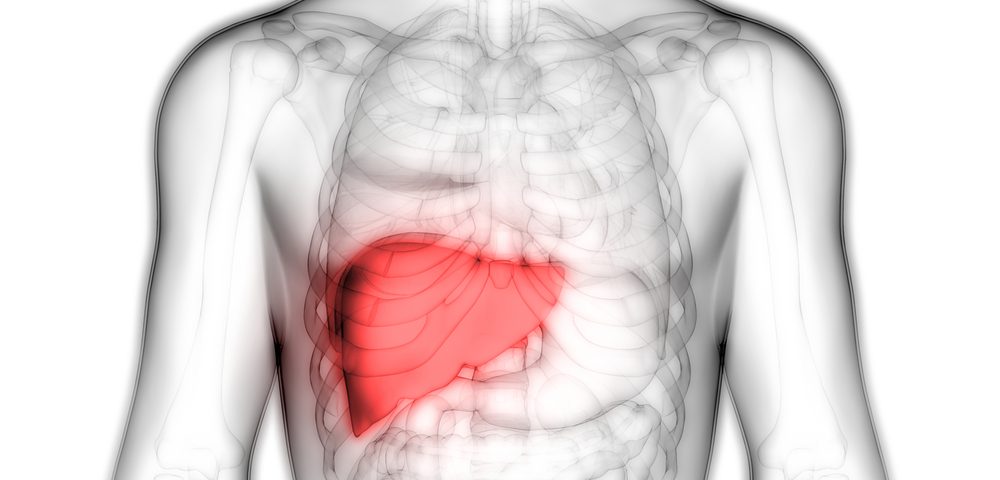The overactivation in the liver of a signaling cascade involving interferon-gamma — a molecule that plays an important role in regulating the body’s immune and inflammatory responses — seems to be one of the hallmarks of secondary hemophagocytic lymphohistiocytosis (sHLH) with liver involvement, a study has found.
The study, “The interferon-gamma pathway is selectively up-regulated in the liver of patients with secondary hemophagocytic lymphohistiocytosis,” was published in the journal PLOS One.
HLH is a disease characterized by excessive inflammation and organ damage due to an overactivation of the immune system. The disease is considered primary when it’s caused by mutations in specific genes that control the activity of the immune system, or secondary when it is associated with other autoimmune disorders or malignancies.
“Although primary and secondary HLH share clinical and biochemical features, their pathogenesis [disease mechanisms] is different,” the researchers wrote.
According to them, while the causes of primary HLH are known to be associated with genetic defects that lead to the overactivation of certain types of immune cells, “the causes leading to sHLH are still not clearly established.”
In the study, a team led by investigators from the Bambino Gesù Children’s Hospital IRCCS, in Italy, set out to investigate if a signaling pathway involving the pro-inflammatory molecule interferon-gamma could be overactivated in the liver and blood of patients with active sHLH with predominant liver involvement.
To assess the potential activation of the signaling pathway, the researchers measured the RNA and protein levels of interferon-gamma and other known signaling mediators, including the transcription factor signal transducer and activator of transcription 1 (STAT1). These were measured in liver samples and peripheral blood mononuclear cells (PBMCs) of three patients with active sHLH, and three individuals who did not have the disease (control group).
Of note, RNA is the molecule that serves as the template for the production of proteins; a transcription factor is a protein that controls the activity of certain genes; and PBMCS are immune blood cells, namely lymphocytes, monocytes, and dendritic cells.
In the liver samples of the sHLH patients compared to the controls, the researchers found the RNA levels of IFNG (interferon-gamma) and other genes under the control of interferon-gamma to be abnormally high, as were the protein levels of different forms of STAT1.
Similar results were observed in PBMCs isolated from two of the three sHLH patients before they had their liver biopsies.
In addition, the investigators discovered that PBMCs isolated from patients had high levels of CXCL9, a molecule that plays a role in the control of the immune system and is regulated by interferon-gamma.
“In conclusion, our results provide evidence of selective exaggerated production of IFNγ [interferon-gamma], and activation of its downstream pathway, in the target organ of patients with HLH with predominant liver involvement,” the researchers wrote.
The team also noted that the “measurement of circulating CXCL9 levels and evaluation of IFNγ–inducible gene expression levels in PBMCs may represent a new valid tool to better identify patients with suspected HLH with predominant liver involvement,” and suggested that interferon-gamma could potentially be a valuable target in this patient population.

